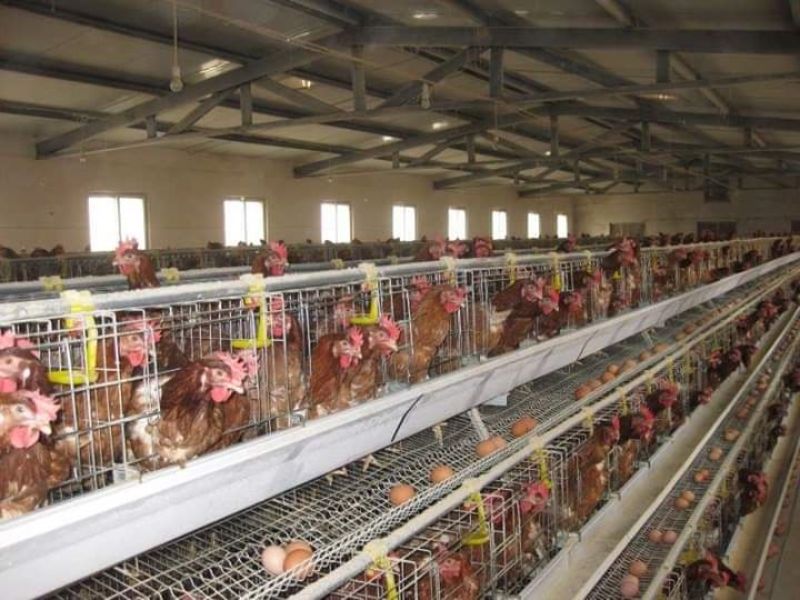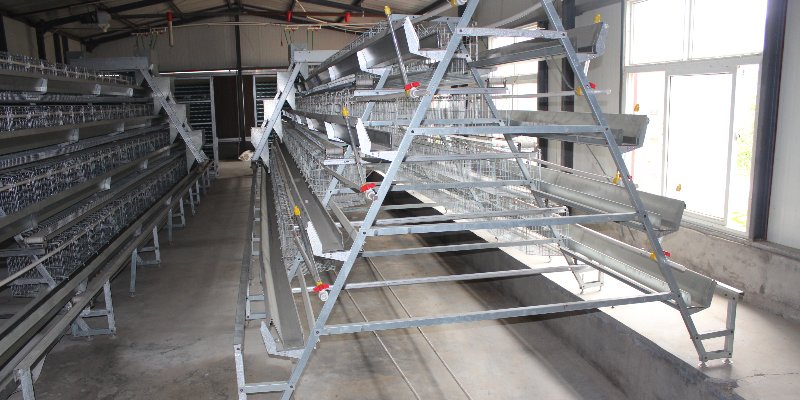
What are the Advantages of Layer Cages in Poultry Farming?
Poultry farming has evolved significantly over the years, with various methods employed to enhance efficiency and productivity. Among these methods, the use of layer cages has gained substantial popularity. This article explores the numerous advantages of layer cages in poultry farming, delving into how they contribute to better management and higher yields.
1. Space Efficiency
One of the primary advantages of layer cages in poultry farming is their ability to maximize space utilization. In traditional farming setups, hens require a considerable amount of ground space, which can lead to overcrowding and increased competition for resources. However, layer cages allow farmers to raise a larger number of birds in a confined area. By stacking cages vertically, producers can effectively increase their stocking density while maintaining individual living spaces for each hen. This efficient use of vertical space translates into lower land costs and higher returns on investment.
2. Improved Biosecurity
Biosecurity is paramount in poultry farming to prevent the spread of diseases that can devastate flocks. The advantages of layer cages in poultry farming extend to enhanced biosecurity measures. Caged environments limit direct contact between birds, which reduces the transmission of pathogens. Additionally, because layer cages are often housed within controlled environments, it’s easier to implement sanitation protocols. Farmers can maintain cleaner facilities by minimizing debris accumulation and simplifying cleaning processes, ultimately leading to healthier birds and improved overall flock health.
3. Enhanced Egg Production
Layer cages are designed specifically for egg-laying hens, offering several features that promote optimal egg production. The advantages of layer cages in poultry farming include better access to food, water, and nesting areas, which encourage consistent laying patterns. The controlled environment minimizes stress factors such as temperature fluctuations and predators, allowing hens to focus on egg production. As a result, many farms utilizing layer cages report higher egg yields compared to traditional floor systems.
4. Ease of Management
Another significant advantage of using layer cages is the ease of management they provide. The design of these cages allows for straightforward monitoring of bird health and behavior. Farmers can quickly identify any issues, such as illness or abnormal egg production, enabling them to take immediate action. Moreover, feeding and watering systems integrated into cage designs facilitate more efficient operations. With automated systems available, farmers can ensure that birds receive adequate nutrition and hydration without extensive labor involvement, further enhancing operational efficiency.
5. Reduced Labor Costs
Labor costs are a critical concern for poultry farmers, and optimizing labor efficiency is essential for profitability. The advantages of layer cages in poultry farming also include reduced labor demands. Traditional free-range systems often require extensive labor for feeding, cleaning, and managing the flock. In contrast, layer cages streamline these processes, allowing a smaller team to manage a larger number of birds effectively. With automated feeding and watering solutions, farmers can allocate their workforce to other essential tasks, thereby reducing overall labor expenses.
6. Better Control of Environmental Conditions
In layer cages, farmers have greater control over environmental conditions, which is another of the key advantages of layer cages in poultry farming. The ability to regulate temperature, humidity, and ventilation helps create an optimal living environment for hens. Such control not only enhances the well-being of the birds but also influences their productivity. Properly managed environments minimize stress and discomfort, leading to improved health and, consequently, better egg production rates.
7. Waste Management
Effective waste management is crucial in poultry farming for both environmental and operational reasons. The advantages of layer cages in poultry farming include simplified waste collection and disposal. Unlike traditional farming systems, where manure can scatter and accumulate unevenly, layer cages concentrate waste in manageable areas. This centralization makes it easier for farmers to clean and dispose of waste, helping maintain hygiene levels and reducing the likelihood of attracting pests and diseases.
8. Increased Profitability
When considering all the advantages mentioned, it becomes clear that layer cages contribute to enhanced profitability in poultry farming. Higher egg production, reduced labor costs, and better biosecurity measures culminate in improved financial performance for farm operators. Farms that utilize layer cages can achieve a higher return on investment due to their efficient resource utilization and streamlined management practices. This advantage positions layer cage systems favorably in an increasingly competitive market.
Conclusion
The advantages of layer cages in poultry farming are manifold, encompassing space efficiency, improved biosecurity, enhanced egg production, ease of management, reduced labor costs, better environmental control, effective waste management, and increased profitability. As the industry continues to evolve, layer cages present a viable solution for modern poultry farmers seeking to optimize their operations and meet consumer demand for high-quality eggs. Adopting layer cage systems can lead to sustainable and productive farming practices that benefit both producers and consumers alike. Embracing this method could be a crucial step forward in the future of poultry farming.

